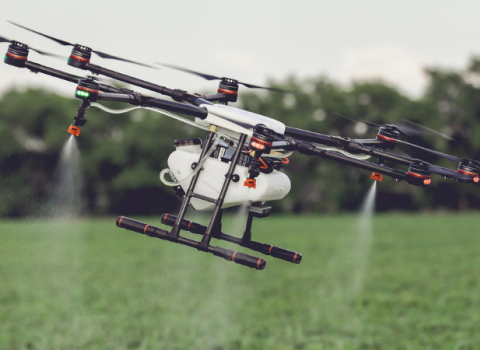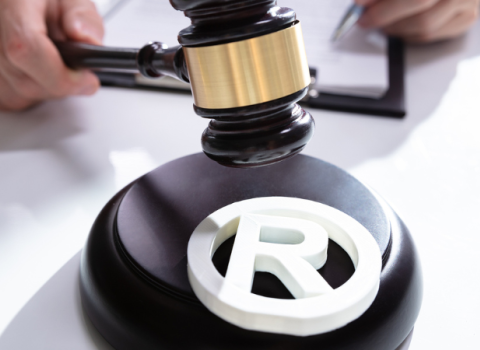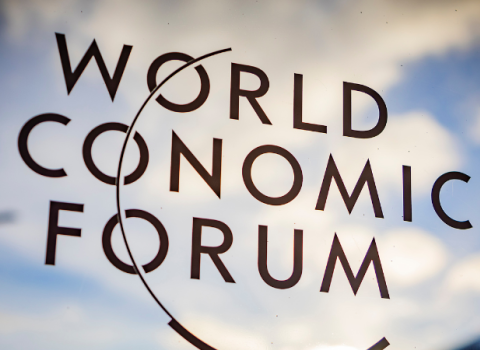
Last year the EPO received 218,200 patent filings, up from 210,600 in 2006, a rise of just under 4 per cent. But the number of patents granted fell 12.9 per cent to 54,700 from 62,800 the previous year.
EPO president Alison Brimelow said the decline in the number of approved patents is “a step in the right direction”, and reflects the EPO’s efforts to concentrate on quality, rather than quantity.
“Large patent numbers are not necessarily indicative of growing R&D activity. What we therefore need is not more patents, but more good patents. The EPO aims to make sure that the patents it grants are relevant,” she said in a statement, adding that by putting the emphasis on quality over quantity in the granting of European patents is “a key strategy for safeguarding the proper functioning of the European patent system”.
Stats country by country
The proportion of patent applications originating from the 32 member states of the European Patent Organisation remained roughly stable at just under half of all applications received by the Munich-based organisation.
Germany as usual topped the table with 25,176 applications, or 17.9 per cent of the total number of filings, followed by France with 8,328 (5.9 per cent) and the Netherlands with 6,999 applications (5 per cent).
Filings from most EPO countries continued to rise last year, especially from the Nordic countries. Finnish inventors filed 2,045 applications – a 22 per cent rise from the previous year, while their Swedish counterparts filed 2,733 applications – a rise of 7.3 per cent.
The US and Japan continued to dominate the ranks of non-European patent applications filed to the EPO last year. As in previous years US inventors filed more applications than any other country; 35,590 US applications accounted for just over a quarter of all filings, while 22,890 Japanese applications accounted for 16.3 per cent of all filings – just behind Germany.
China sharply increased its number of applications by 59 per cent and now ranks among the five most active non-European applicant countries, the EPO said.
Stats by field of activity
Medical technology was the most active area for patent applications, accounting for 12 percent of the total number of applications, followed by electrical communications (10.2 per cent) and computing (6.4 per cent).
The strongest growth rates were noted in the fields of engineering elements (up 7.9 per cent from 2006), electrical communications (up 6.7 per cent), medical technology ( up 6.3 per cent) and organic chemistry (up 6.2 percent).
Surprisingly, patent applications in the field of vehicle technology rose a modest 0.3 per cent, in spite of the threat of global warming, and the increasingly urgent need to reduce CO2 emissions.
While computing remains one of the most active fields, the proportion of computer patent filings fell by 0.8 per cent last year. Meanwhile, the related field of information storage, which has seen a flood of applications in recent years, saw its share of total filings drop by a staggering 18 per cent last year.





 A unique international forum for public research organisations and companies to connect their external engagement with strategic interests around their R&D system.
A unique international forum for public research organisations and companies to connect their external engagement with strategic interests around their R&D system.